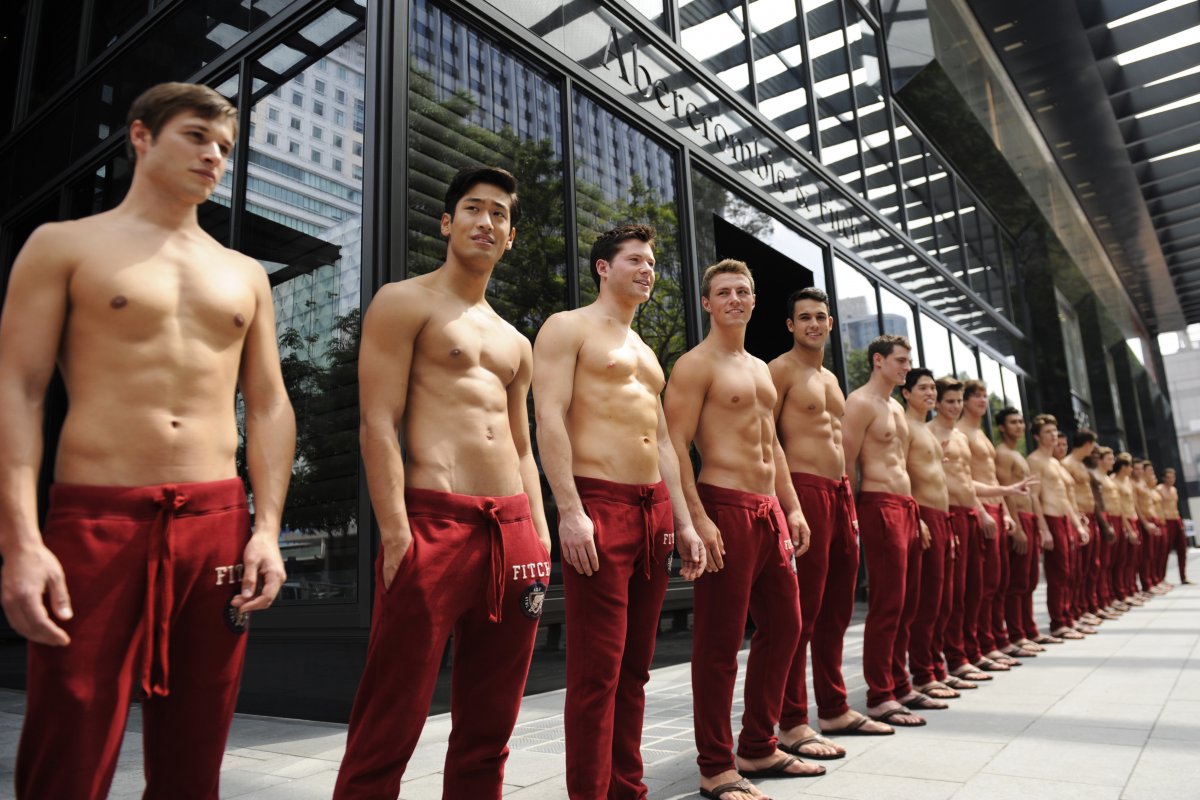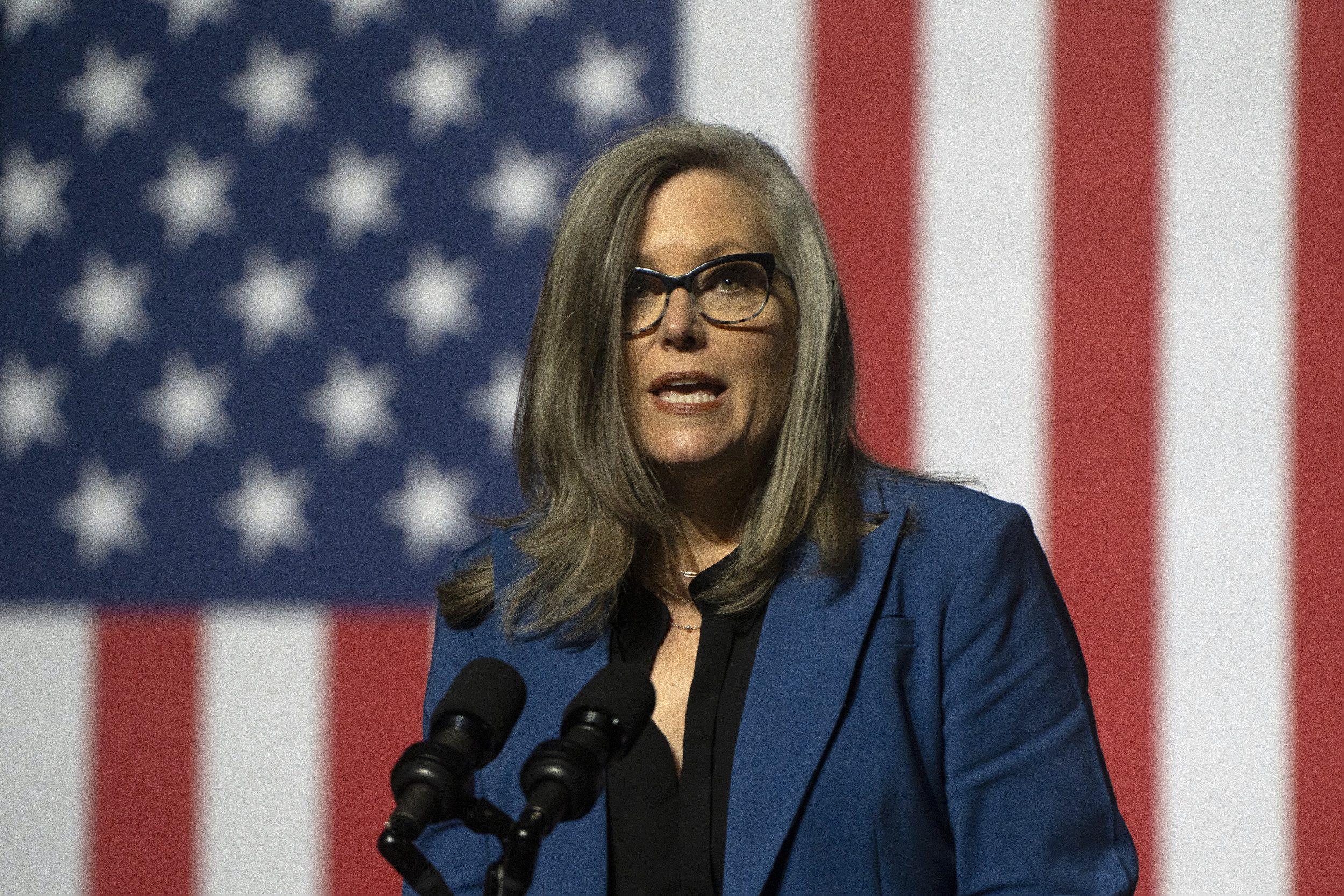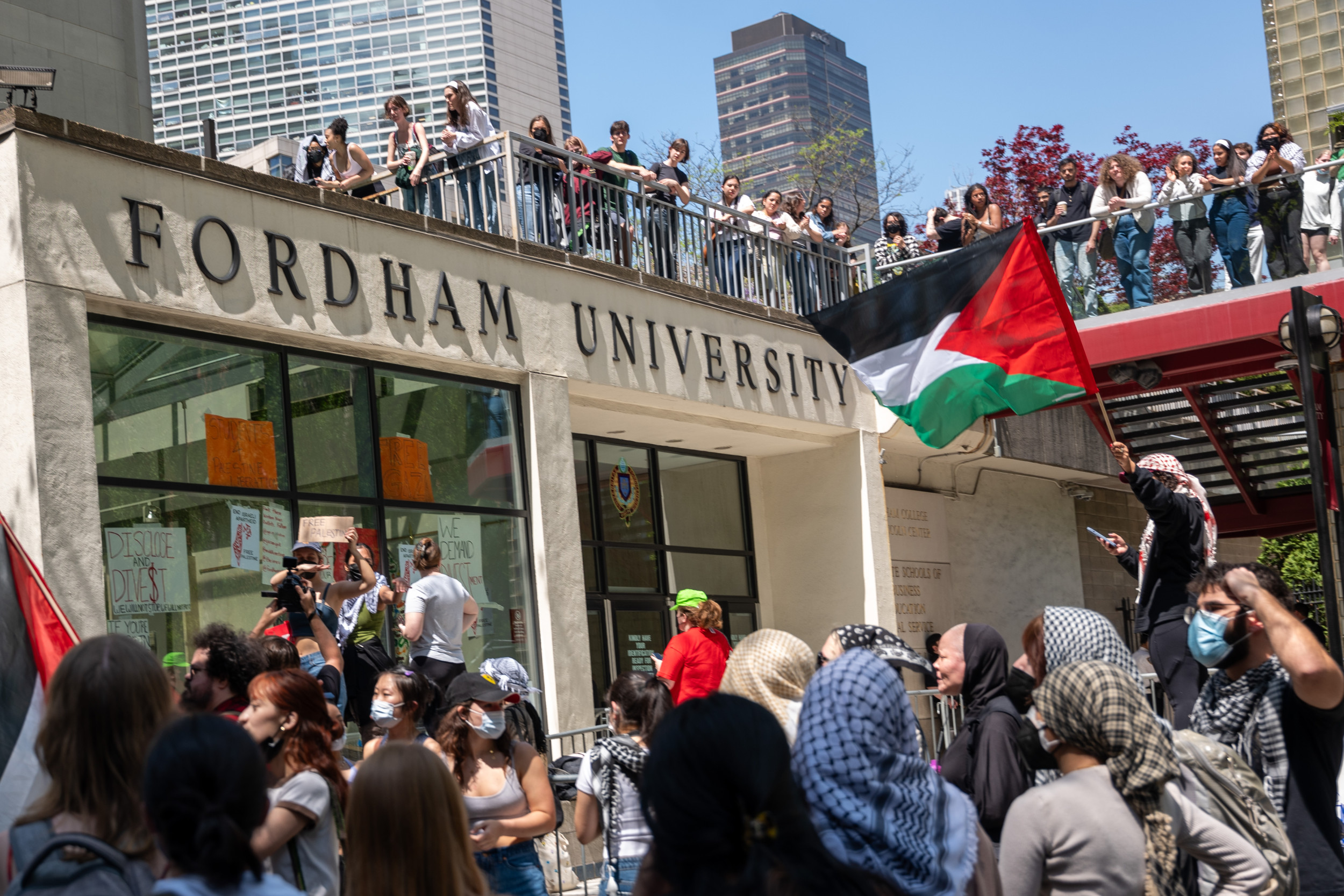A TikToker is making waves online after 'exposing' the alleged labor practices of the mid-aughts' premier shopping destination, Abercrombie & Fitch, where he worked as a model for five years.
Known for its preppy basics, scantily-clad teenage models, and cavernous, heavily perfumed stores, Abercrombie & Fitch was once a fixture among malls and shopping destinations worldwide. And while the brand has continued into the present-day—with some important policy overhauls—the name Abercrombie, for most consumers, is still synonymous with a certain mid-2000s to 2010s sensibility.
TikToker Joris Lechêne is tapping into viewers' collective memory by sharing his experience as an in-store Abercrombie "model," a position which he describes as being "a glorified living fixture"

Lechêne recounted the story to his over 80,000 followers in a five-part series. In his first video, Lechêne describes moving to London in 2011, where he hoped to pursue professional modeling. Walking down the street one day, he says he was approached by an Abercrombie & Fitch recruiter and soon interviewed for the role.
"The interview was actually bulls***," he says. "You could answer literally anything. If you looked like a model, you'd get hired."
"The entire brand image relied on looking young, looking as conventionally attractive as possible, and looking elitist as f***," he added.
The brand's strategy was, in fact, successful. He says that "people would fly into London from all over Europe and the Arab world" and "queue outside for hours" just to snap a photo with one of Abercrombie's signature male models. "The store experience was closer to that of a theme park than an actual shop," he says.
@joris_explains #storytime how I became an Abercrombie & Fitch Model and worked 5 years for the devil!(1) #abercrombieandfitch #abercrombie #model #london #retail
♬ Say So (Instrumental Version) [Originally Performed by Doja Cat] - Elliot Van Coup
In his second video, Lechêne provides a glimpse into the day-to-day responsibilities—or lack thereof—typically assigned an on-duty Abercrombie model. "You were positioned at strategic points in the store and expected to just stand there, looking good and doing absolutely nothing." He adds, "My ADHD brain did not like that."
He also offers insight into the social hierarchies that he says dictated the stores' structures.
"Abercrombie employees weren't ranked according to their customer service performances but purely on their look. The more [you] fit the Abercrombie standards, the closer to the door you'd be placed. And if you were relegated to the rooms at the back of the store, well, you were free to draw your own conclusions."
He adds that "there was this one particular position that most people dreaded: the rail." He explains, "You were on a mezzanine facing the entrance to the store and expected to dance all day with a female colleague dancing next to you as well."
For most, getting assigned to work the rail "was a punishment." However, Lechêne enjoyed it, describing it as an opportunity to "move my body the way I wanted."
@joris_explains How I survived 5 years as an #abercrombieandfitch model 😆 #storytime #retailstories #retail #abercrombie #adhd
♬ Sexy Chick (feat. Akon) - David Guetta
In his later videos, Lechêne delves even deeper into his issues with the brand's structure, describing it as "an extremely well-oiled machine." He says, "The picture becomes darker when you start to understand what that machine was designed to do. Both the brand and the internal structure of the company were designed to reproduce privilege."
@joris_explains Reply to @broski748 How I coped working for the dev¡l for 5 years! #abercrombieandfitch #retailproblems #neurodivergent #adhd #abercrombie #london
♬ American Idiot - Green Day
He says these structural issues became obvious to him when he applied to become a manager and was rejected. "My performance record was impeccable," he says, "so they couldn't tell me the truth." He says that they simply never officially told him that he didn't get the job.
In hindsight, he says, that the rejection had clear motives: "I was way too poor, too foreign...too neurodivergent, too gay."
In response to the controversy, a spokesperson from Abercrombie & Fitch released the following statement to Newsweek:
Under new leadership since 2015, A&F Co. has ushered in the spirit of inclusiveness and equity you see today across our brands. We are focused on encouraging a culture of belonging and brands that celebrate the individuality and authenticity of our associates and customers. The look policy was removed in 2015 and we're proud of the progress we've made over the past six years—we have evolved our marketing, sizing, store policies, brand partnerships, and more to be more inclusive and put our customers at the center of everything we do.
@joris_explains Reply to @speelingmistake Abercrombie's secrets exposed 10 years after. ep.4 #abercrombieandfitch #abercrombie #retailproblems #retail #exposed
♬ Boom, Boom, Boom, Boom!! - Vengaboys
Lechêne has come a long way since his Abercrombie days. The prominent TikToker now uses the platform to educate viewers on systemic racism and racial bias. One of his videos from last month, which explains how racial bias is built into AI software, went viral and garnered international media attention.
5/12/2021: This article has been updated to include comment from Abercrombie & Fitch.
Uncommon Knowledge
Newsweek is committed to challenging conventional wisdom and finding connections in the search for common ground.
Newsweek is committed to challenging conventional wisdom and finding connections in the search for common ground.
About the writer
To read how Newsweek uses AI as a newsroom tool, Click here.








